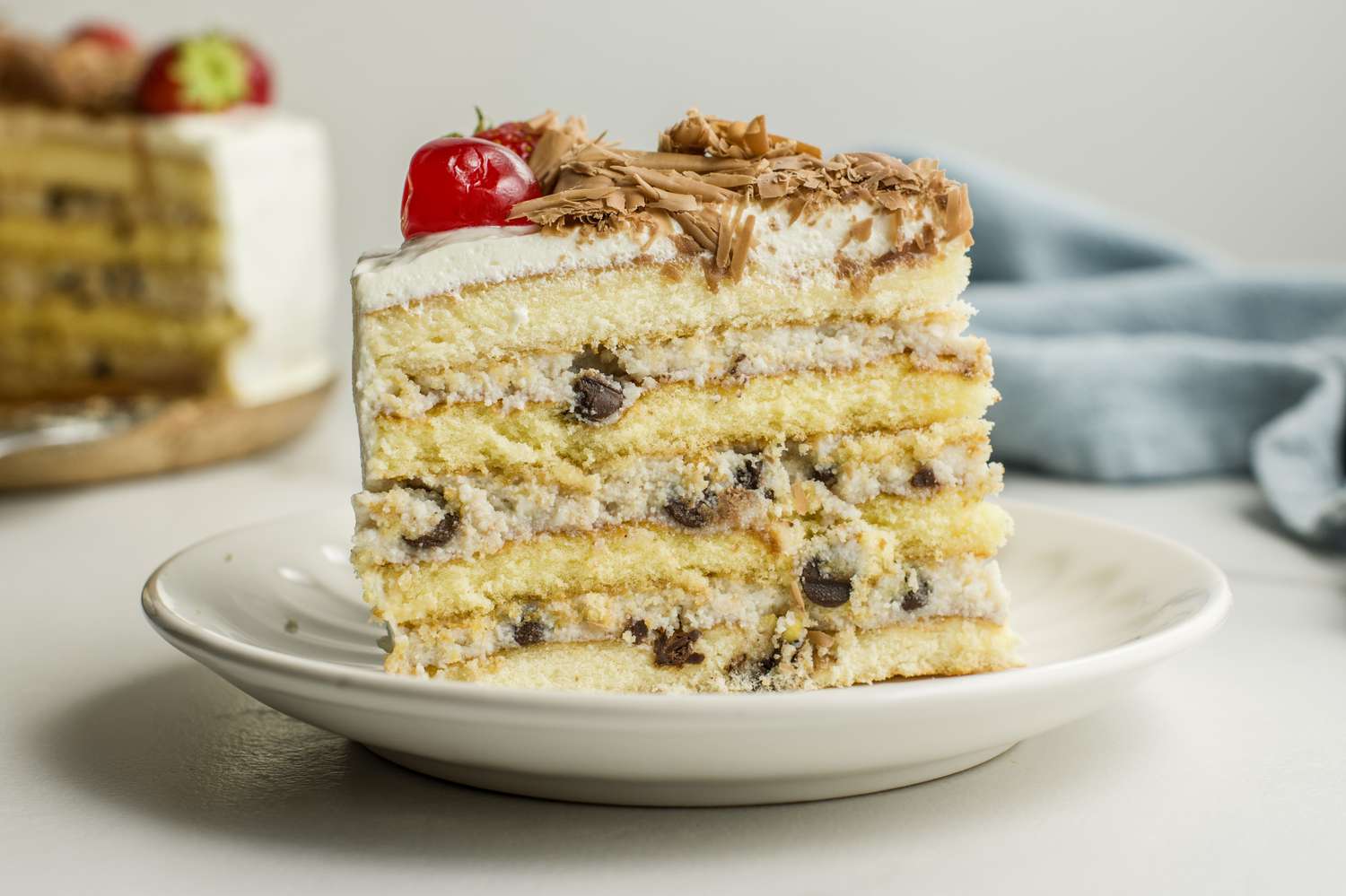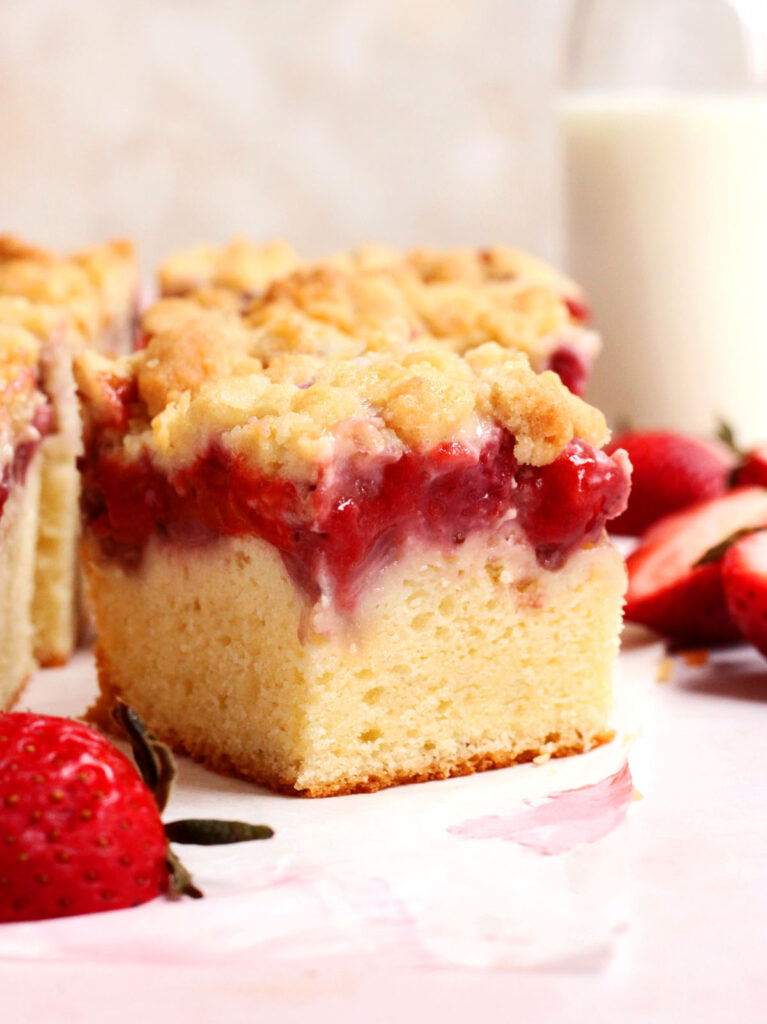Cassata Cake: Discover the Rich History and Recipe
Cassata cake’s history began in Sicily during the Arab rule in the 10th century. The Arabs introduced key ingredients such as sugar, lemon, bitter orange, and almonds. These elements significantly influenced Sicilian cuisine, leading to the creation of cassata. Traditional recipes from that era showcase a combination of sponge cake and ricotta cheese, lending to the cake’s distinctive texture.
Evolution Through Centuries
Over the centuries, cassata cake evolved, incorporating various influences from different cultures. In the 16th century, Spanish conquerors added chocolate and candied fruits. The Baroque period in the 17th and 18th centuries introduced elaborate decorations and marzipan. Each era added complexity and richness to the cassata, making it a reflection of Sicily’s diverse cultural heritage. Modern versions often feature liqueur-soaked sponge cake layers, creating a multifaceted taste experience.
Ingredients of Cassata Cake
Traditional Components
Traditional cassata cake includes several key ingredients that contribute to its unique flavor and texture. The base often consists of a sponge cake (pan di Spagna) which provides a soft, airy foundation. You’ll find ricotta cheese as a primary filling, often sweetened with sugar and mixed with chocolate chips or candied fruits (e.g., citrus peel or cherries). Marzipan, made from almond paste and sugar, frequently covers the cake, offering a smooth, sweet exterior. These elements together form the classic Sicilian dessert.
Modern Variations
Modern cassata cake recipes incorporate a variety of ingredients and techniques that adapt the traditional recipe. Liqueur-soaked sponge cake layers are now common, adding a depth of flavor. You might encounter innovations like using mascarpone instead of ricotta or incorporating different types of nuts, such as pistachios. Additionally, some versions include a variety of fresh fruits (e.g., strawberries, blueberries) for a contemporary twist. These adaptations make the cake versatile and align it with current culinary trends.
The Making of Cassata Cake
Step-by-Step Process
Begin the process by preparing a sponge cake. Use high-quality ingredients like eggs, sugar, and flour. Bake the cake in a preheated oven at 350°F (175°C) for 25-30 minutes until golden brown. Allow it to cool completely before slicing it horizontally into two or three layers.
Mix the ricotta cheese with sugar to create the filling. Add chocolate chips and finely chopped candied fruits. Spread this mixture evenly between the sponge cake layers. Ensure each layer is well-covered to achieve a balanced taste.
Wrap the assembled cake in a thin layer of marzipan. Press the marzipan gently to eliminate air pockets and smoothen the surface. Apply a layer of icing made from sugar, water, and lemon juice, then let it set.
Decorate the cake with additional candied fruits, nuts, and possibly a dusting of powdered sugar. Some variations might include piping whipped cream or adding fresh fruit decorations. Chill the cake in the refrigerator for at least a few hours before serving to allow the flavors to meld perfectly.
Tips and Tricks for the Perfect Cassata
Use fresh ricotta cheese for the filling to achieve the best texture and flavor. Fresh ricotta prevents a grainy consistency and ensures a smooth, creamy texture.
Ensure the sponge cake layers are completely cooled before adding the filling. Warm layers can cause the filling to melt, compromising the consistency.
When applying the marzipan, roll it thinly to avoid a dense, overpowering layer. A thin layer enhances the visual appeal without overwhelming the taste.
For a more robust flavor, soak the sponge cake layers in liqueur like Marsala or Grand Marnier. The alcohol pairs well with ricotta and chocolate, adding depth to the dessert.
Refrigerate the cake after assembly. Chilling it for several hours allows the flavors to blend, making it more cohesive and delicious.
Keep a balance in decorations. Use candied fruits and nuts sparingly to enhance the appearance without making the cake overly sweet or cluttered.
Serving and Storing Cassata Cake
Best Practices for Serving
Serve cassata cake chilled to highlight its flavors and textures. Use a sharp, serrated knife to ensure clean slices, especially if there are multiple layers and dense textures. Garnish each piece with additional candied fruits or a light dusting of powdered sugar for an appealing presentation. For an authentic Sicilian experience, pair cassata cake with a sweet wine like Marsala or a rich espresso drink.
Guidelines for Storage
Store cassata cake in an airtight container to maintain freshness and prevent it from drying out. Refrigerate the cake promptly, as the ricotta cheese filling can spoil if left at room temperature. For best results, consume the cake within 2-3 days. If longer storage is needed, freeze individual slices wrapped in plastic wrap and a layer of aluminum foil, then thaw them in the refrigerator before serving.
Conclusion
Cassata cake is more than a dessert; it’s a testament to Sicily’s rich cultural tapestry. By blending historical influences with modern twists, this cake offers a unique culinary experience. Whether you’re making it from scratch or enjoying a slice from a local bakery, the cassata cake promises an indulgent treat that’s both flavorful and visually stunning. Don’t hesitate to experiment with different ingredients and techniques to make it your own. With the right preparation and storage, you can savor this delightful cake for days, making every occasion a little sweeter.






